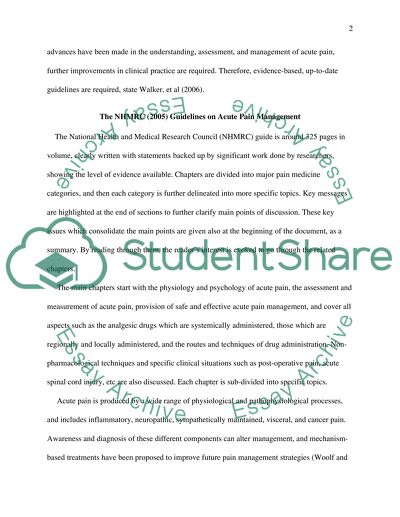Cite this document
(“Acute Pain Management: Scientific Evidence Essay”, n.d.)
Retrieved from https://studentshare.org/miscellaneous/1541302-acute-pain-management-scientific-evidence
Retrieved from https://studentshare.org/miscellaneous/1541302-acute-pain-management-scientific-evidence
(Acute Pain Management: Scientific Evidence Essay)
https://studentshare.org/miscellaneous/1541302-acute-pain-management-scientific-evidence.
https://studentshare.org/miscellaneous/1541302-acute-pain-management-scientific-evidence.
“Acute Pain Management: Scientific Evidence Essay”, n.d. https://studentshare.org/miscellaneous/1541302-acute-pain-management-scientific-evidence.


